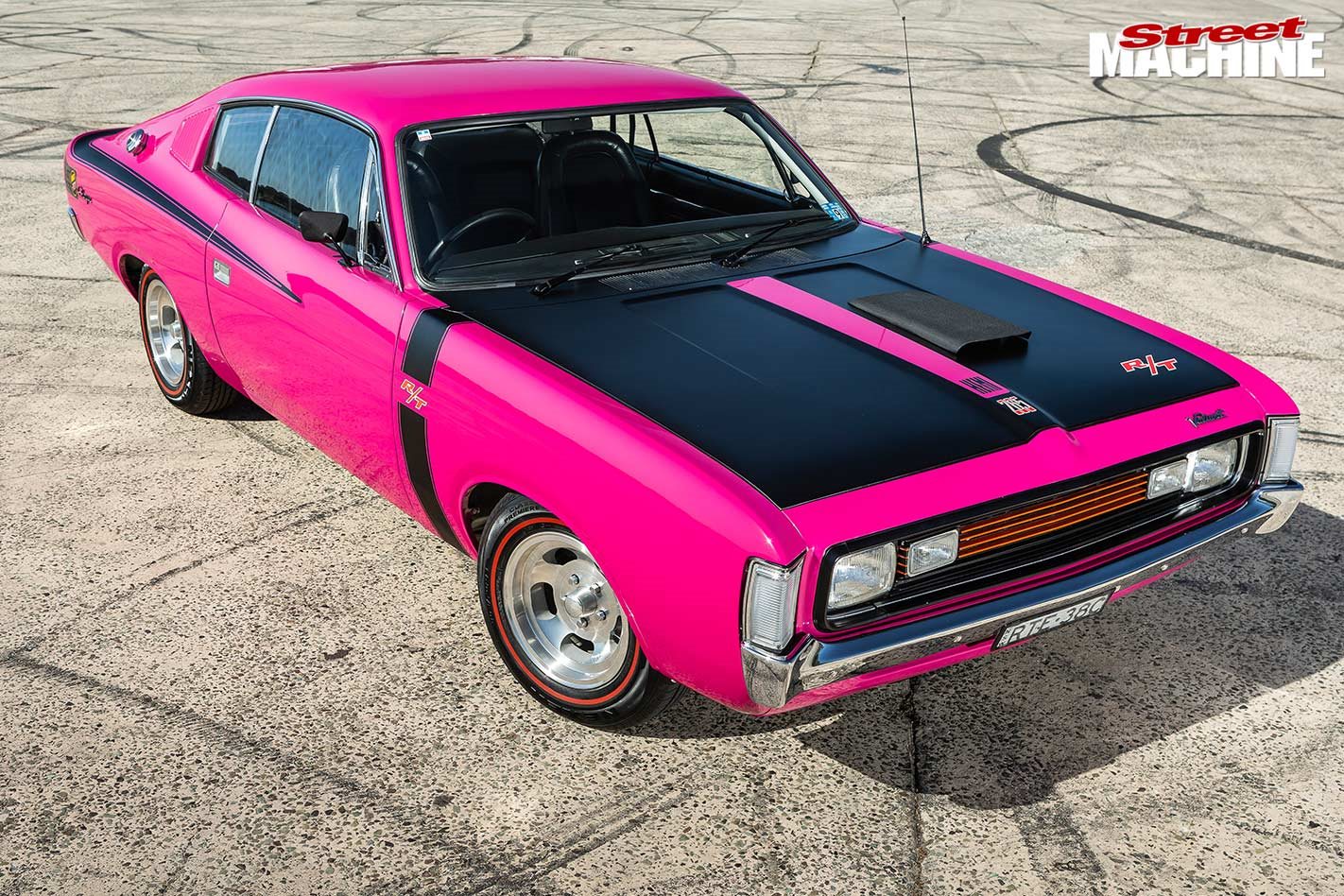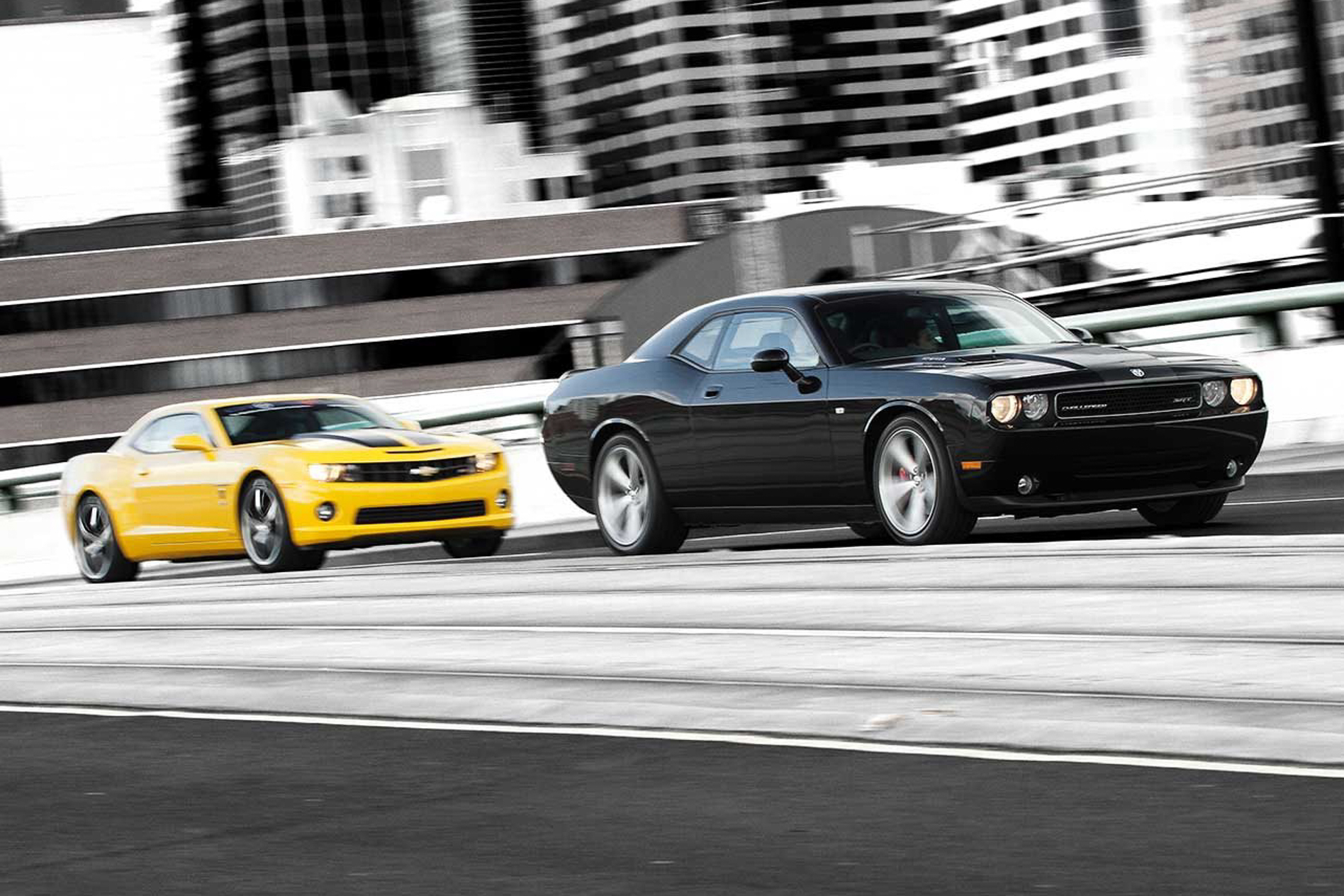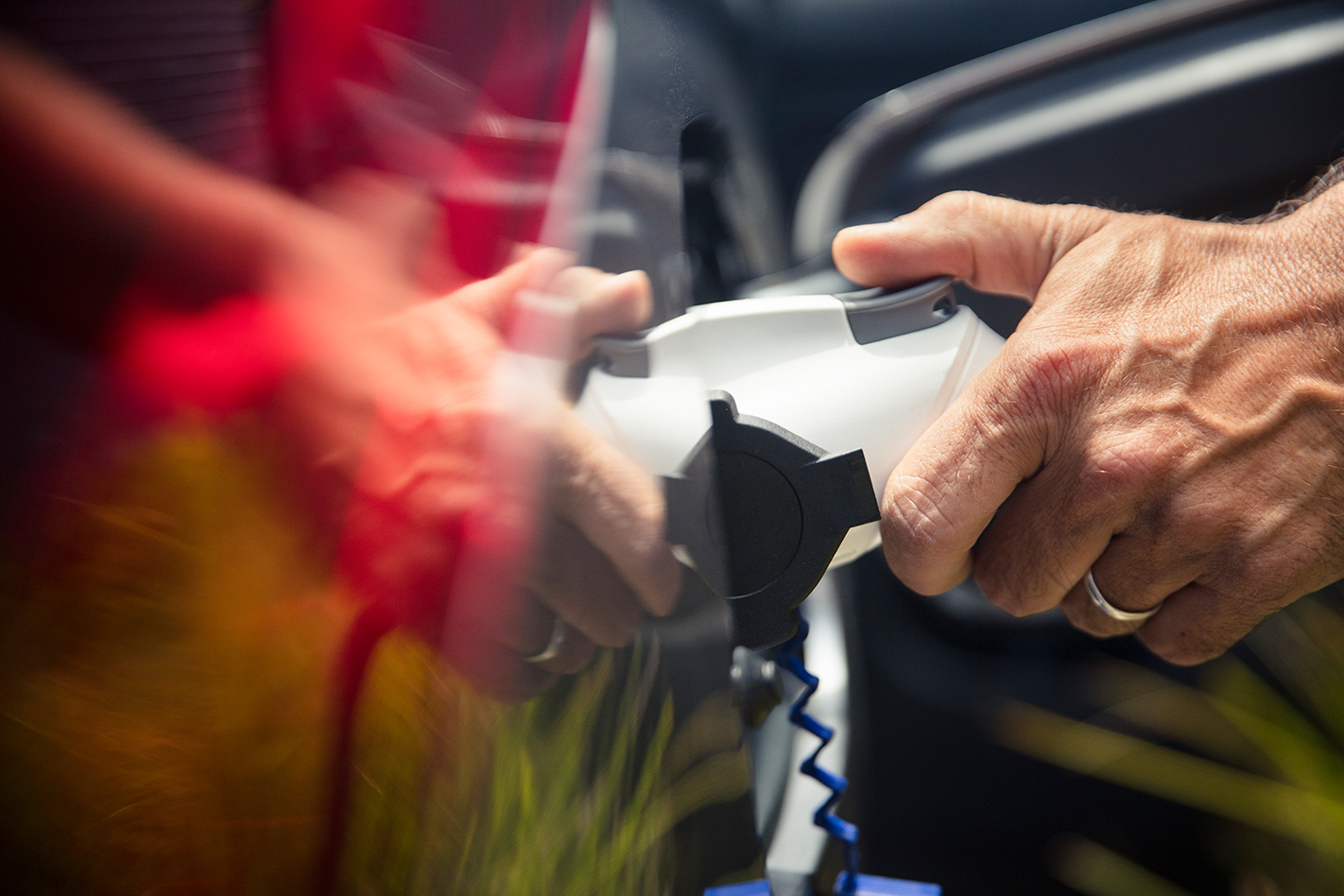
Ah, the 1970s, when petrol was cheap, drinks came in steel cans, the planet wasn’t as hot and Australian car manufacturing was still in full swing.
One of those manufacturers was Valiant Chrysler, which played the, err, more homely bridesmaid to the might of Holden and Ford.
One of the Chrysler-owned company’s real success stories, though, came in the form of a quickly knocked-up two-door coupe version of the company’s biggest selling sedan.
Called the Charger and launched in 1971, it would at times account for 80 percent of the company’s local production run. It even won Wheels Car of the Year.

When 1978 rolled around, more than 31,000 had been built, but the scare campaign around muscle cars, as well as a looming oil crisis, meant the end for the Charger, and Valiant/Chrysler was soon headed the same way after its local assets were bought by Mitsubishi.
Now, though, the time is right for the Charger to come roaring back, and the main reason can be found rolling off the Ford production line in Flat Rock, Michigan.
The sixth-generation Mustang pony car has been a shock hit for Ford, defying all the sales trends for two-door, rear-drive coupes that have gone before it. Since 2016, more than 20,000 have sold in Australia alone, and only now is the ’Stang showing signs of coming off the boil.
This, then, means that the door for the next big thing in two-door V8s is wide open… and nothing is coming from the red corner any time soon. In fact, there’s chat that General Motors may well park the Camaro nameplate after the current car runs its course early next decade.

Chevrolet Camaro (L) and Dodge Challenger (R)
Enter the Fiat Chrysler Automotive group, or Fiat Chrysler Australia as it’s known here. Of all the car makers in the world who are still playing in the rear-drive V8-powered space, FCA does it the best, with any number of wild and crazy versions of its two-door Challenger and four-door Charger under its Dodge brand.
As far back as 2015, FCA was already some way down the road with the notion of importing the Charger as a standalone model line, including a Hellcat range-topper, an SRT8 mid-spec and an “everyman’s” six-cylinder version.
“My position hasn’t changed one bit,” said then-boss of FCA, Pat Dougherty, who now heads Mopar in China, at the time. “Absolutely we have to get that product to market.”
Current FCA chief, Melbourne-born and New York-raised Steve Zanlunghi, told media last year that he is “looking very closely” at the success of the Mustang, as well as the future of the Camaro.
“We’re a major OEM, and if we can make the business case with the volumes and demand is there, we can bring any of our vehicles to this market,” Zanlunghi – a muscle car fan himself – said in September.

In the states, this is known as the Dodge Challenger. But here, it has to be the Charger in order to capitalise on Australia’s love of the nameplate.
The biggest roadblock thus far has been the lack of a right-hand-drive capable platform upon which to simplify production of the car. The former CEO of FCA, the late Sergio Marchionne, scotched a plan early last year to use the Alfa Romeo Giulia’s new platform for the next-gen Dodge product, and latest speculation sees the cars continuing to be built atop an old Mercedes rear-drive architecture that also underpins the Chrysler 300.
There is another avenue, of course, and it’s the same path hewn by GM for the Camaro – local conversion. And in a slightly delicious irony, the born-again Charger may even come from the same facility as the Camaro.
Melbourne-based Walkinshaw Automotive Group (otherwise known as HSV) currently converts US-spec Camaros for Holden to sell in its dealerships as Chevrolets, and has reinvented itself in the post-locally built Commodore era as an authority at producing right-hand-drive conversions at scale.
Once FCA has done the sums, importing a brace of V8-powered two-door Dodge Challengers for batch conversion and badge change to Chrysler Chargers (Mitsubishi still owns the Challenger nameplate here) won’t be hard.
Even bringing in the four-door version – known in the US as the Dodge Charger – wouldn’t be a silly idea, extending the appeal of the model to more mainstream buyers.
The key, of course, is price. The Camaro is already making heavy work of it by selling for around the $80,000 mark against the $63,000 Mustang GT, so the numbers for the born-again Charger are a crucial part of the ‘go/no go’ equation for Zanlunghi and his local operation.

A weak Australian dollar and uncertainty around tariffs and taxes won’t be helping, but if a Charger SRT8 can go on sale in Australia for less than $70,000, there’s certainly a market for it.
Think about it… pretty much everyone who wants a Mustang will have one within the next twelve months to two years, and the Camaro hasn’t really scratched the itch of those outliers who want something a little bit different.
There’s a burgeoning tuning scene for the Charger/Challenger in the US, and a great affection for the brand here. As well, the Supercars racing series is currently looking at ways to reinvent its show and entice new blood into the sport. Sounds like a pretty good way to market a new V8-powered coupe to me…
An FCA spokesperson confirmed to us that there is “no change” in the status of the Charger/Challenger plan, which means it’s still in a folder on Zanlunghi’s desk, awaiting the right blend of socio-economic happenstance and corporate will before it gets green-lighted.
Go on, Steve… you know you want to.



